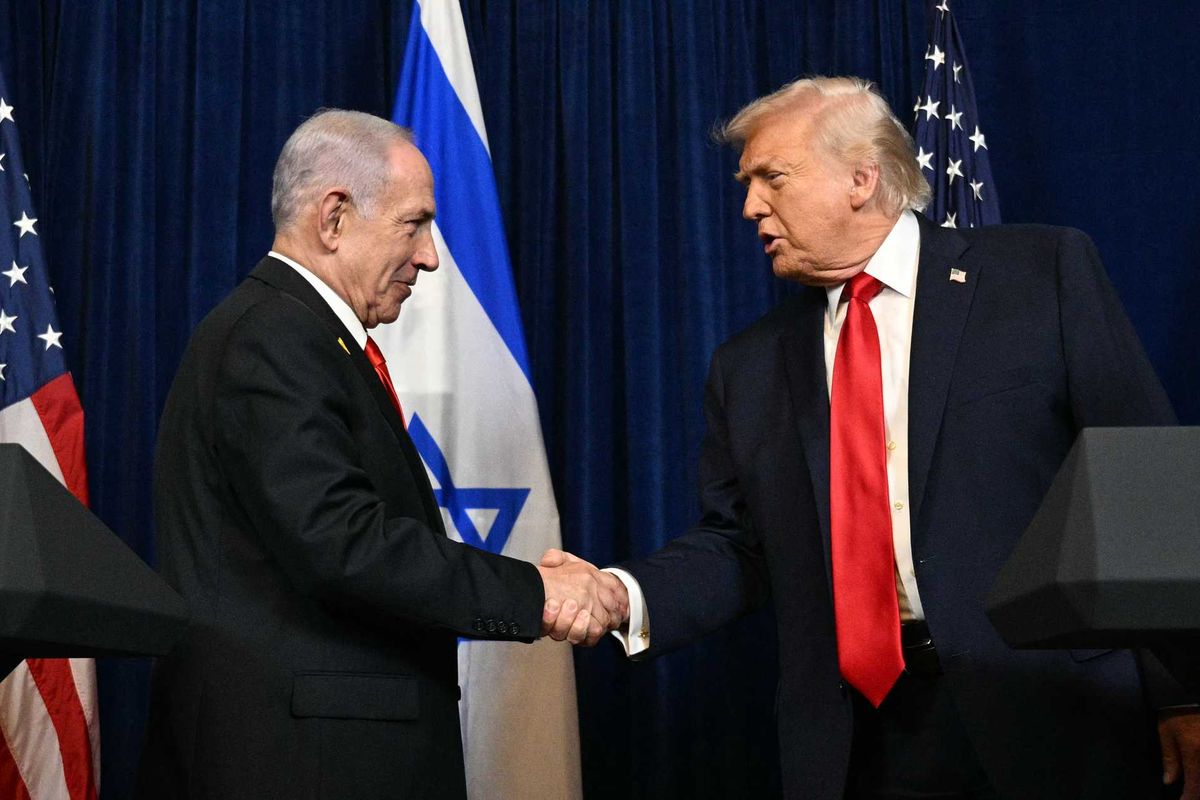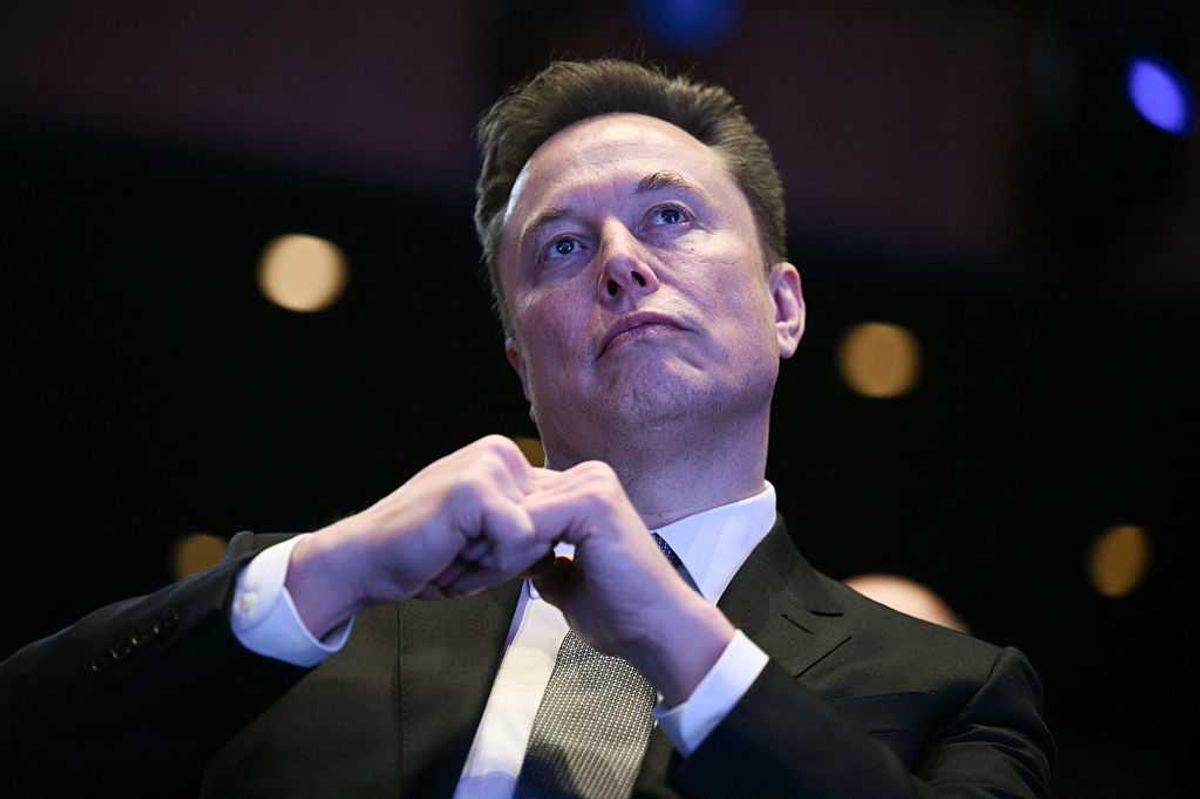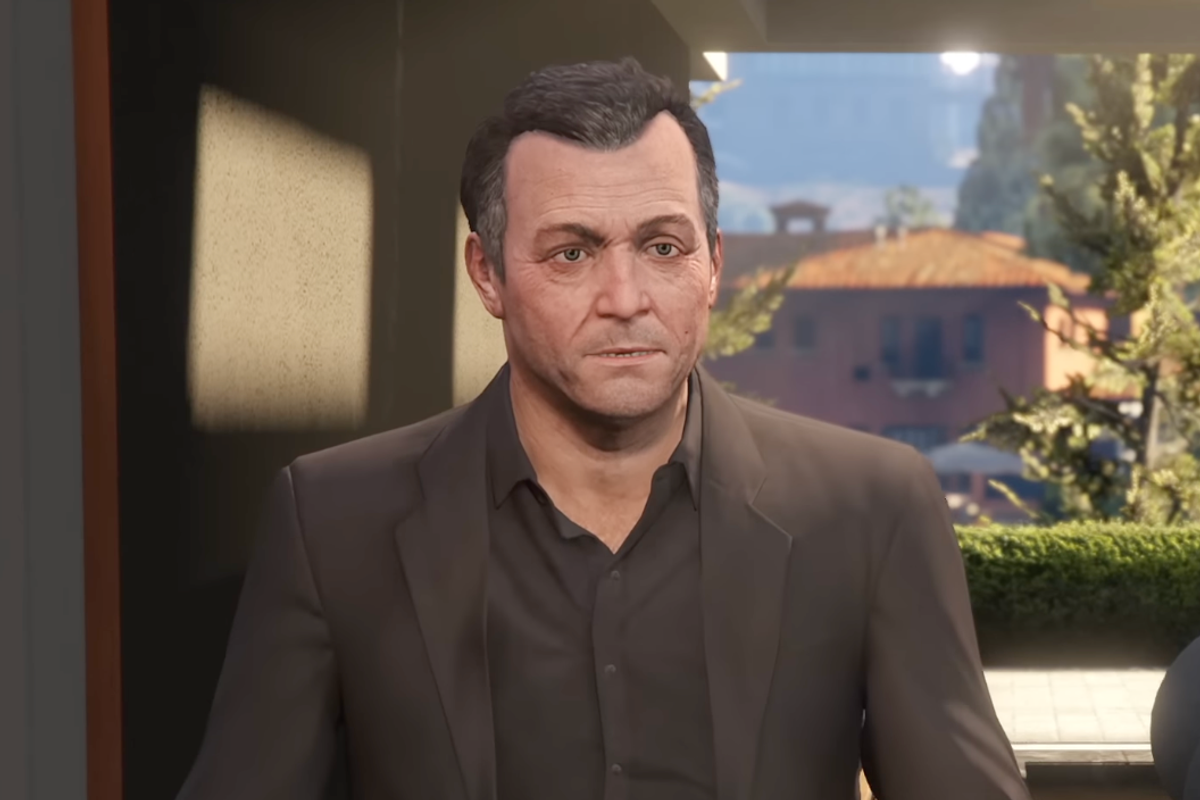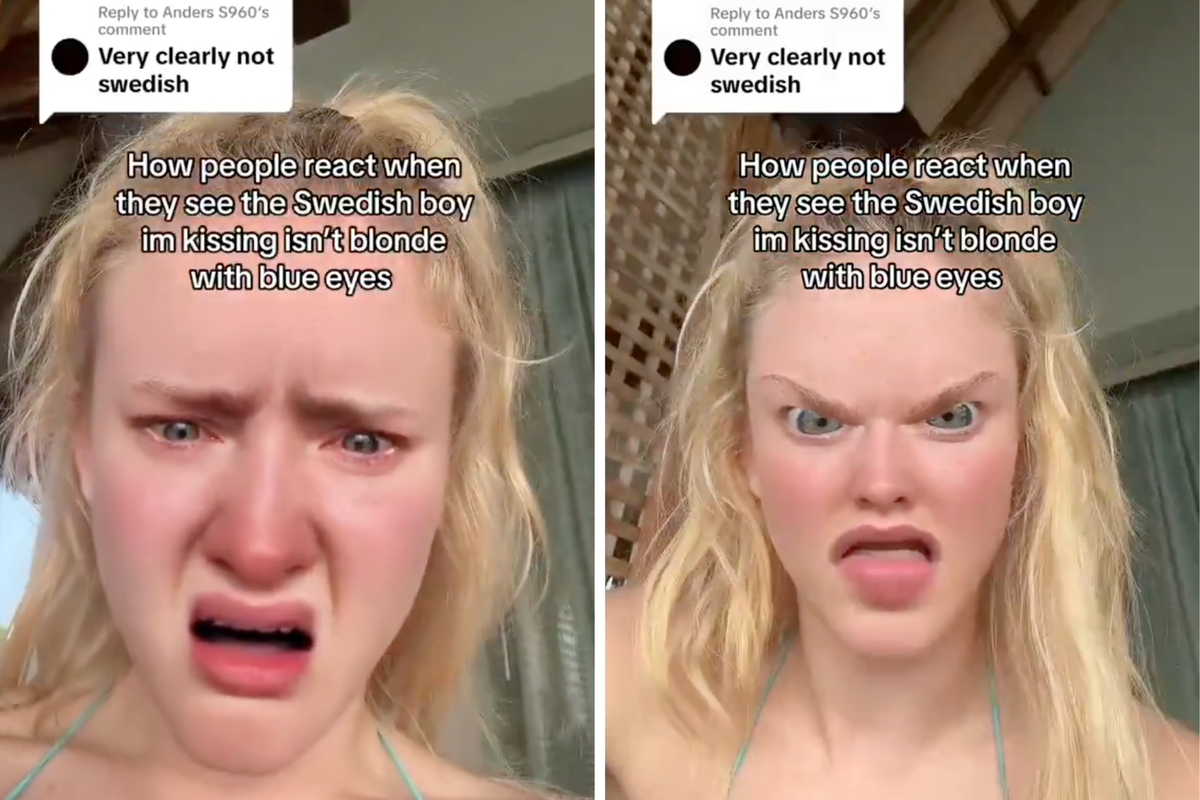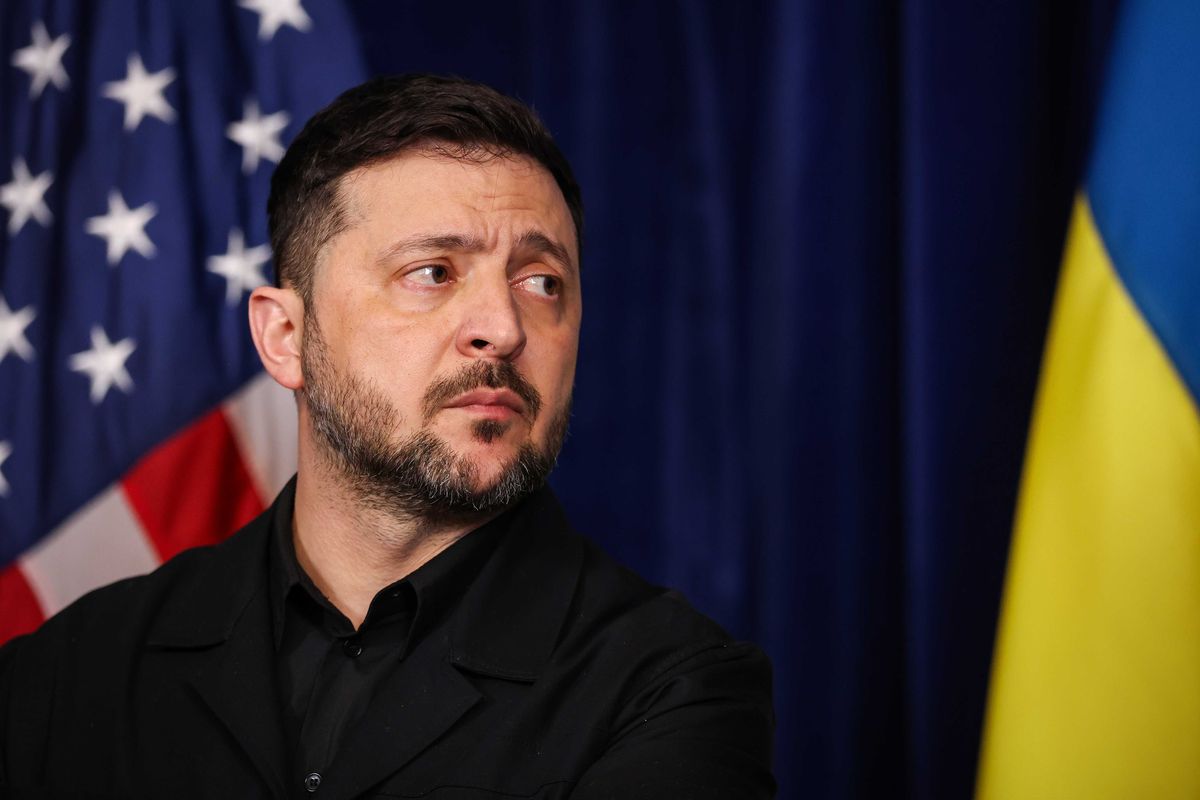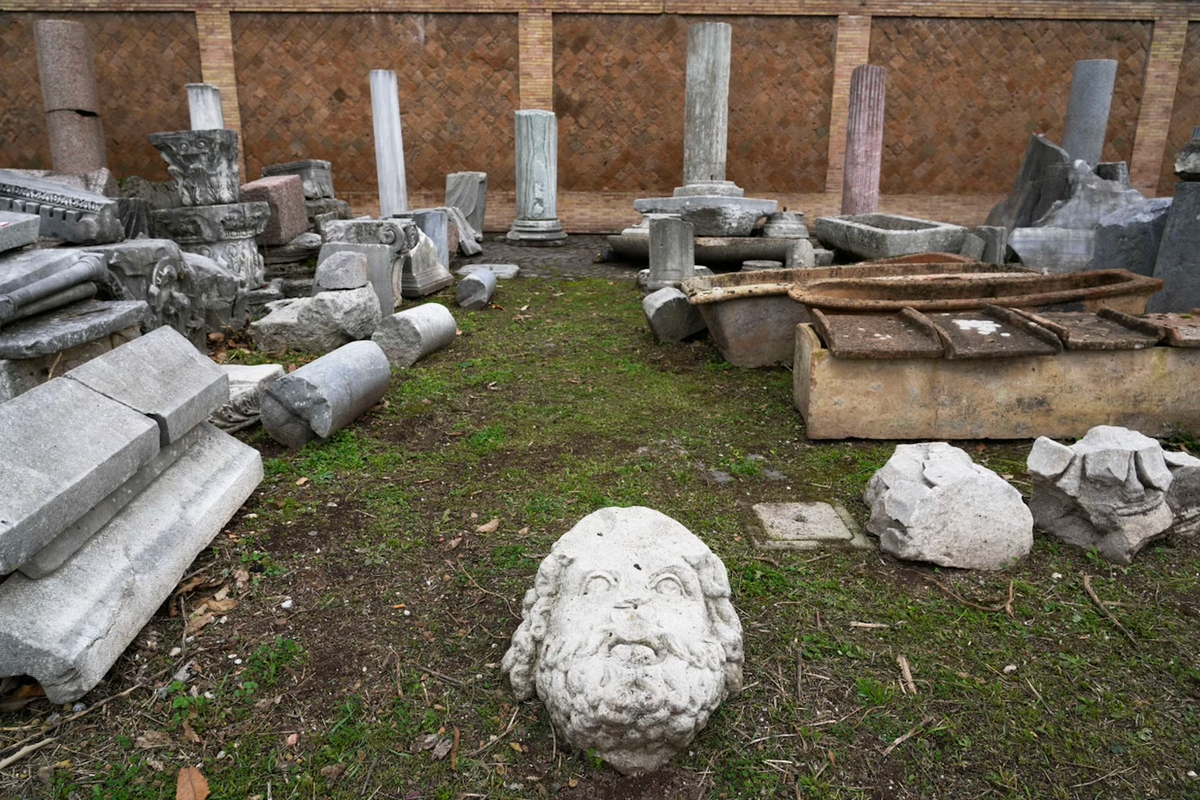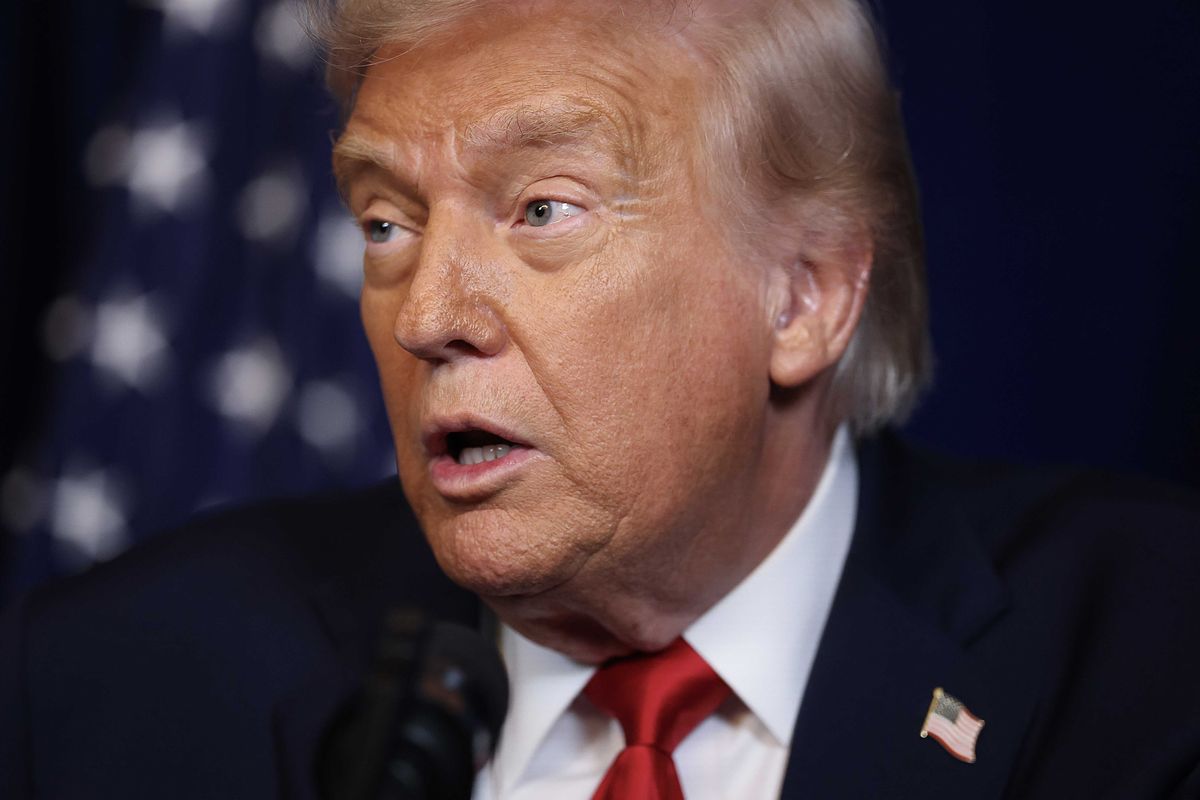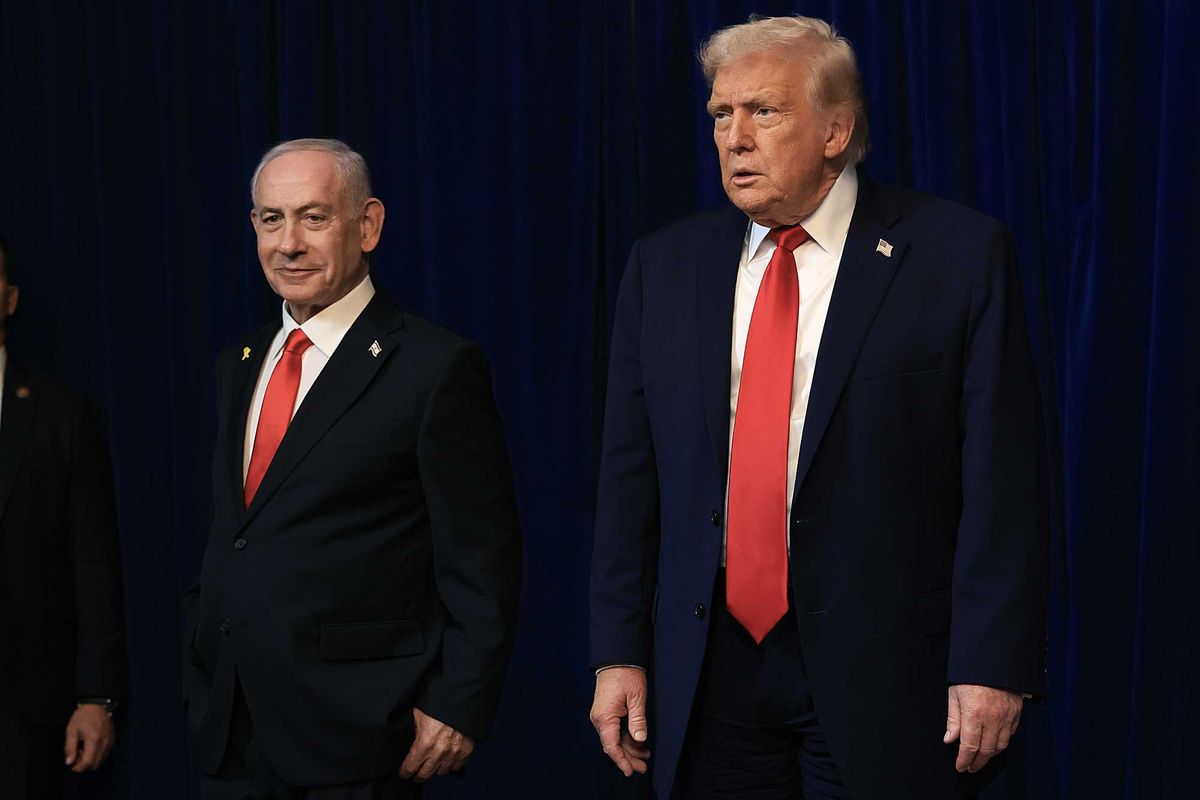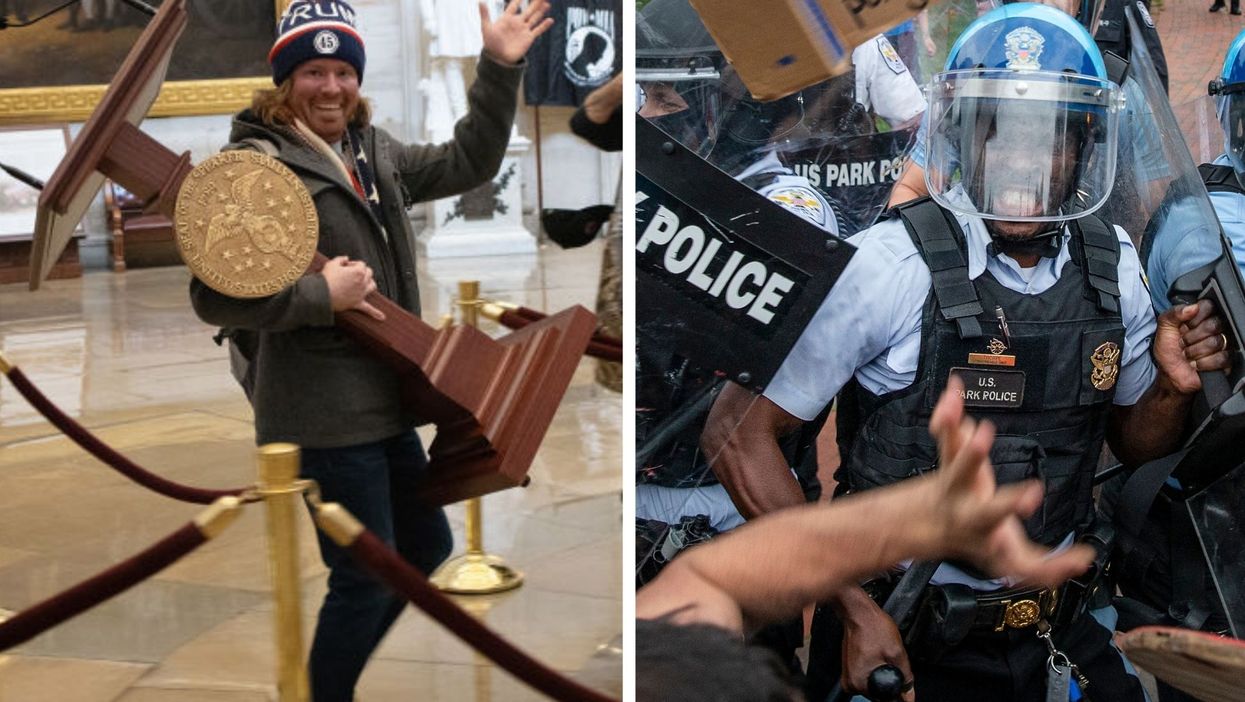
When an armed mob of Trump supporters stormed the US Capitol to disrupt the workings of democracy, the police seemed ill-prepared for the attack.
Rioters were able to breach the building, smashing windows, looting artefacts and leaving threatening messages for elected officials. This immediately begged the question: how could this be allowed to happen?
The levels of force used against the mob – many of whom were wearing MAGA hats and sporting white supremacist slogans on their clothes and banners – as they broke down police barriers and pushed their way into the building was compared with the response to the Black Lives Matter protests.
In June last year, Washington police, US Park police and over 5,000 national guard troops and federal agencies were ready to confront crowds of protesters as an army helicopter hovered overhead.
Although BLM protesters remained at a distance from the Capitol building and the nearby White House, the mostly Black crowd was met with teargas, batons and horses.
Peaceful protesters were forcibly cleared from Lafayette Square and surrounding streets so that Trump could walk through them for a staged photo op outside the nearby St John’s Episcopal Church, holding a Bible.
Police presence around the Capitol as members of congress prepared to ratify the results of the presidential election was markedly different.
Just 340 guardsmen were reportedly activated in advance of the insurrection, with only 115 on duty at a time and most helping direct traffic. Initial response to the riot was largely provided by Capitol police, a force totalling 2,000 members, who largely prioritised evacuating the buildings before turning their attention to the mob itself.
An armed standoff between police and protesters ensued at the House door and, separately, one woman died after being shot by police.
Three others are reported dead from unknown ‘medical emergencies’ and several police officers were injured.
National Guard reinforcements did not arrive for over an hour. They then helped to secure the area, removing the rioters who had not already left of their own volition.
The overall picture was a stark contrast with how police and security forces met with BLM.
For the record this was the US Capitol during the BLM Protestors https://t.co/hyqneRtqMD— just marty (@just marty) 1609962592
it's crazy how the tanks won't start, the tear gas won't launch, the guns jammed and the batons went soft all of a… https://t.co/6lLKMjVbVR— giabucchi (@giabucchi) 1609958253
There are two Americas. https://t.co/CptXMNRLYw— Julia Carter (@Julia Carter) 1609963300
At no point ever would black or brown protestors be allowed to do this. We are in perilous territory. We would be… https://t.co/1FKvkOldNG— Michele Norris (@Michele Norris) 1609963830
This is so embarassing.. where are the police that were so prevalent during BLM protests? I don't see any tear gas… https://t.co/MyzcXIrPlT— Kaitlyn Kelly (@Kaitlyn Kelly) 1609963040
Peaceful protests, like Kaepernick taking a knee during the National Anthem, are reviled while Trump supporters and Proud Boys are able to exact violence repeatedly.
So is Kaepernick taking a knee still an inappropriate way to protest?— Lance Allred (@Lance Allred) 1609964008
And you thought "Taking A Knee" was too much!?!— NAACP (@NAACP) 1609964948
Indeed, this insurrection was not unprecedented or unplanned.
Trump himself tweeted that a “wild” protest would take place on 6th January, and told a crowd of supporters “we’re going to walk down to the Capitol” hours beforehand.
Why US police were not properly equipped to handle this will be a subject of further scrutiny and debate.
But for now, it feels damning that threats of white supremacist violence are taken less seriously than peaceful Black protesters.
